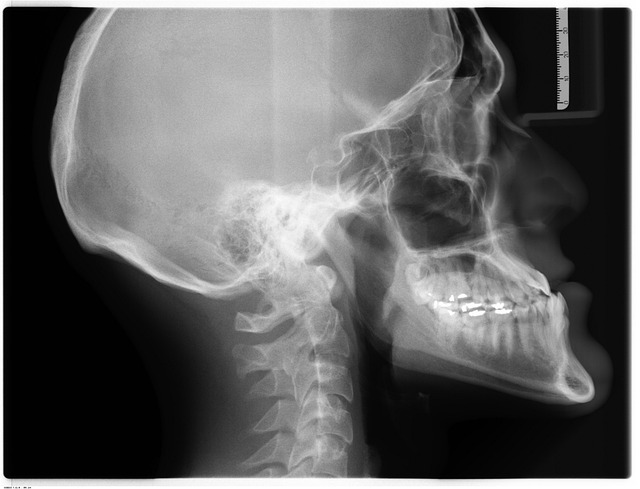Nervous system CT scans revolutionize stroke diagnosis by providing detailed cross-sectional brain images, enabling healthcare professionals to swiftly detect blockages or bleeds in vital arteries. This non-invasive technology enhances diagnostic accuracy for both ischemic and hemorrhagic strokes, facilitating immediate targeted treatment interventions and improving patient outcomes.
Medical imaging plays a pivotal role in stroke diagnosis, offering crucial insights into the brain’s intricate workings. Unraveling the mystery of strokes begins with advanced techniques like nervous system scans and CT scans, which provide windows into the brain’s health and potential damage. Early detection through medical imaging is paramount, as it enables prompt treatment and enhances stroke care. Advanced technologies in imaging are revolutionizing stroke management, ensuring better patient outcomes.
Unraveling Stroke Mystery: The Role of Nervous System Scans
Unraveling the mysteries of stroke diagnosis requires a deep dive into the intricate workings of the nervous system. Medical imaging, particularly nervous system CT scans, plays a pivotal role in this process. These advanced scans offer healthcare professionals a window into the brain and spinal cord, providing critical insights that can transform patient care.
By analyzing the structural integrity and functional activity of the nervous system, nervous system CT scans help detect subtle changes indicative of stroke. They can identify blockages in blood vessels, cerebral hemorrhaging, or areas of reduced blood flow—all key factors in determining the severity and type of stroke. This early and precise diagnosis enables swift intervention, potentially minimizing brain damage and improving patient outcomes.
CT Scan: A Window to Brain's Health and Stroke Detection
A nervous system CT scan offers a non-invasive window into the brain’s intricate health and functionality, proving instrumental in stroke diagnosis. By swiftly capturing detailed cross-sectional images of the brain, this technology enables healthcare professionals to quickly identify areas affected by a stroke—be it ischemic or hemorrhagic.
The process involves scanning the brain using X-rays, which are then processed into digital images, revealing crucial information about blood flow and brain structure. This rapid assessment not only aids in pinpointing the location of the stroke but also helps predict its extent and potential outcomes. Early detection through a nervous system CT scan is key to administering timely treatment, which can significantly enhance recovery chances and mitigate long-term disabilities.
Early Diagnosis: Why Medical Imaging is Crucial for Strokes
Early diagnosis plays a pivotal role in stroke treatment and outcomes. Medical imaging is crucial for identifying strokes, especially in their early stages when interventions can significantly reduce damage to the nervous system. Techniques such as CT (computer tomography) scans provide detailed cross-sectional images of the brain, allowing healthcare professionals to quickly detect signs of stroke like bleeding or blockages in blood vessels.
A nervous system CT scan offers high-resolution visual data, enabling doctors to make informed decisions promptly. This is critical because time is of essence during a stroke; every minute counts to preserve brain function and minimize long-term disabilities. Early diagnosis through medical imaging guides targeted therapies, ensuring patients receive the most effective care for optimal recovery prospects.
Advanced Technology: Enhancing Stroke Care through Imaging
In the realm of stroke diagnosis, advanced medical imaging technologies have emerged as indispensable tools, revolutionizing patient care. One such game-changer is the nervous system CT (computed tomography) scan, which provides detailed cross-sectional images of the brain and blood vessels. This non-invasive procedure enables healthcare professionals to swiftly detect blockages or bleeds in vital arteries, allowing for immediate and targeted treatment interventions.
Through cutting-edge imaging techniques, medical experts can now navigate through complex neural pathways, revealing even the subtlest abnormalities. For instance, CT scans offer a comprehensive view of the brain’s structural integrity, helping to identify ischemic strokes caused by reduced blood flow or hemorrhagic strokes resulting from broken blood vessels. This level of precision in stroke detection has significantly enhanced diagnostic accuracy and patient outcomes, making medical imaging an indispensable component of modern neurology care.
Medical imaging plays a pivotal role in stroke diagnosis, with advanced technologies like nervous system CT scans offering crucial insights into brain health and stroke detection. By enabling early identification of stroke symptoms, these imaging techniques enhance patient care and outcomes significantly. As medical technology continues to advance, so does our ability to navigate the complex landscape of stroke treatment, making every moment count in saving lives.
